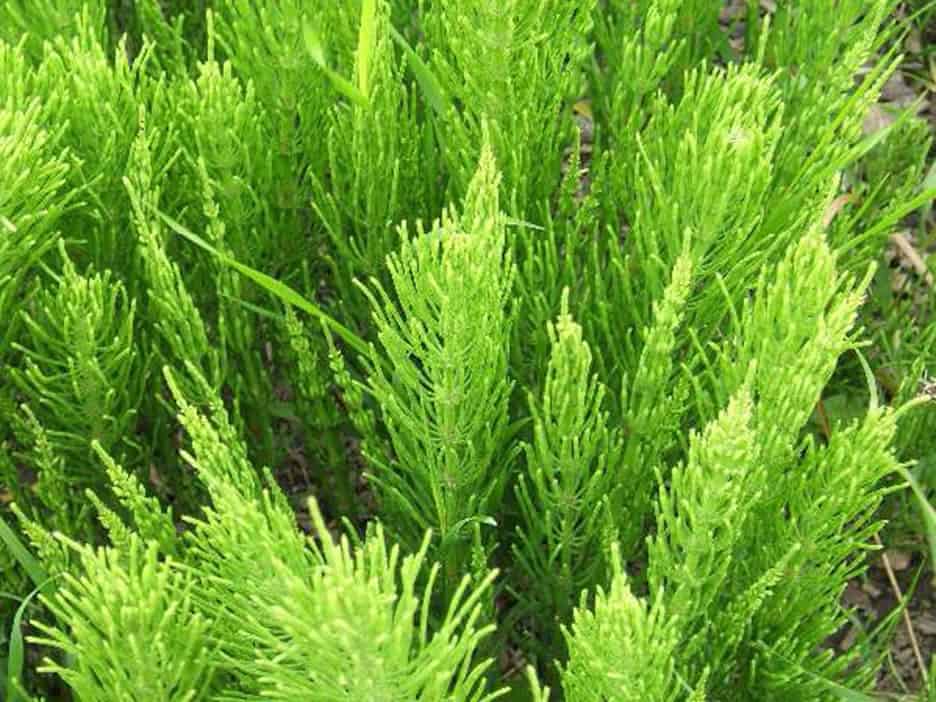Found growing in Costa Rica’s marshy wetlands, horsetail (Equisetum spp.) is an ancient plant that has persisted largely unchanged for over 300 million years. This tenacious plant earned its nickname “living fossil” thanks to its antiquity and resilience over epochs of time. Horsetail offers a unique window into distant eras in Earth’s history.
Characterized by distinctly hollow and rigid segmented stems, this primitive fern ally thrived in the steamy tropical forests during the late Paleozoic era when giant insects and early reptiles dominated. Today, horsetail continues to inhabit similar marshy niches across the globe. In Costa Rica, horsetail favors wet areas with loamy soils in cooler high-altitude regions.
Emerging from string-like underground rhizomes, horsetail displays two types of aerial stems. The initial fertile stem reaches 10-20 cm tall and bears flesh-colored terminal cones containing spores. This spore-bearing structure soon withers away once it releases spores. The second stem phase generates sterile green stems rising 50 cm tall, marked by whorls of slender branches resembling a horse’s tail. This is how horsetail gained its common name.
These bizarro plants tap into a 330 million year legacy with their spiky branches and scaly sheaths. The patterned sterile stems allow for photosynthesis while the fertile spore cones reproduce. Botanists find ancient plants like horsetail intriguing since they exhibit a combination of primitive traits alongside more advanced vascular functions.
Horsetail requires damp habitats in part because, unlike most modern land plants, it lacks advanced conduits to draw soil moisture upwards against gravity. Nonetheless, tiny conduits in the stems distribute water and nutrients without complex vascular tissues.
Beyond scientific interest, there are traditional medicinal uses for this exotic fossil plant. Indigenous peoples made infusions or decoctions to treat various kidney, bladder and urinary conditions. Silica-rich horsetail also helps strengthen brittle fingernails and stimulate hair growth when applied externally. However, the herb should be avoided by pregnant women and taken in moderation due to its diuretic effects.
For a botanical experience full of living history, look for stands of this spiky primitive plant in Costa Rica’s mountain wetlands. Let horsetail transport your senses back 300 million years to its origins in Earth’s distant past. Though other contemporary plants have evolved complex new traits over eras, tenacious horsetail continues on while keeping various archaic botanical holdovers.






